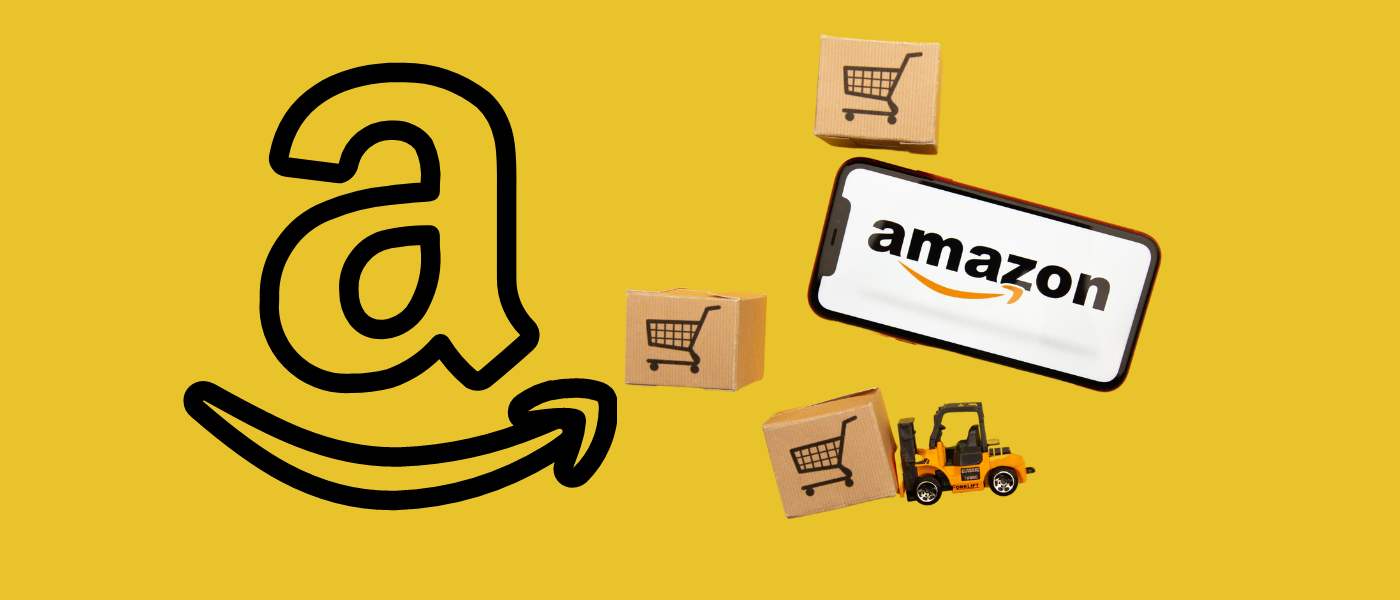Amazon more and more income is pocketed from those companies that rely on the marketplace to sell their products and reach more consumers. Currently, according to a study carried out by MarketplacePulsethe company founded by Jeff Bezos is taking more than 50% of the revenue from sellerscompared to 40% that took five years ago.
Generally, a typical Amazon seller assumes a 15% transaction fee (‘reference rate’), to which is added a compliance fee ranging from 20-35% And till 15% more for advertising and promotions. However, the total fees vary depending on the category, product price, size, weight, and business model of the seller.
From MarketplacePulse point out that the 15% transaction fee has held steady for over a decade. In some cases it can be as low as 8%. However, the Fulfillment by Amazon (FBA) fees have increased considerably. Every year, Amazon it has increased compliance fees and has introduced increases in storage. “Selling on Amazon is tied to the use of FBA, so it’s rare for sellers to succeed without using it”indicates the report.
On the other hand are the advertising costs. This can be the key to achieving conversions. To get a better search position, businesses must bear this cost if they want their products to have visibility. Some sellers only allocate 5% to this item; but private label sellers typically invest more than 10% in growing their brands.
This increase in advertising fees has also occurred in parallel with other competitors such as Google and Facebook. According to the report, 3PL fulfillment services are not always cheaper than using FBA. However, both Amazon advertising and the use of FBA are not optional services: 50% is the cost of selling on Amazon, plus the various services that 50% pays for are required.
This model is difficult to directly compare with other players like Walmart and eBay or platforms like Shopify. Walmart, for example, is cheaper than Amazon, especially for new sellers for whom it offers discounted transaction fees. But, the study emphasizes that a seller who wants to sell his products in another marketplace such as Walmart, “It will not have as much scope or enjoy all those logistical possibilities” hence “rates are not the only consideration for sellers”. The study also states that certain companies that have their catalog on the marketplace have come to pay 60% even 70% of what they bill Amazon.
On the other hand, generic sources of Amazon have explained to EcommerceNews that “The numbers presented in this study are not an accurate description of the cost of selling on Amazon.” “What is true is that the company is investing more than ever to support the growth of its commercial partners to help them increase their sales. We offer a wide range of services to expand your business and business partners can manage many logistics themselves. Sellers who choose to hire Amazon’s optional logistics or advertising services do so because they see added value for their business.“, they have assured.
Regarding logistics, -through which Amazon stores, selects, packages, ships and offers customer service for the products available in its store-, the same sources have claimed that “It’s still 30% less expensive on average than standard shipping services offered by other third-party logistics providers, and 70% less expensive on average than other two-day shipping alternatives.” “Many of our business partners have built and run their businesses ad-free, and if they choose to advertise their products, they have a wide variety of vendors to choose from”they have apostilled.
